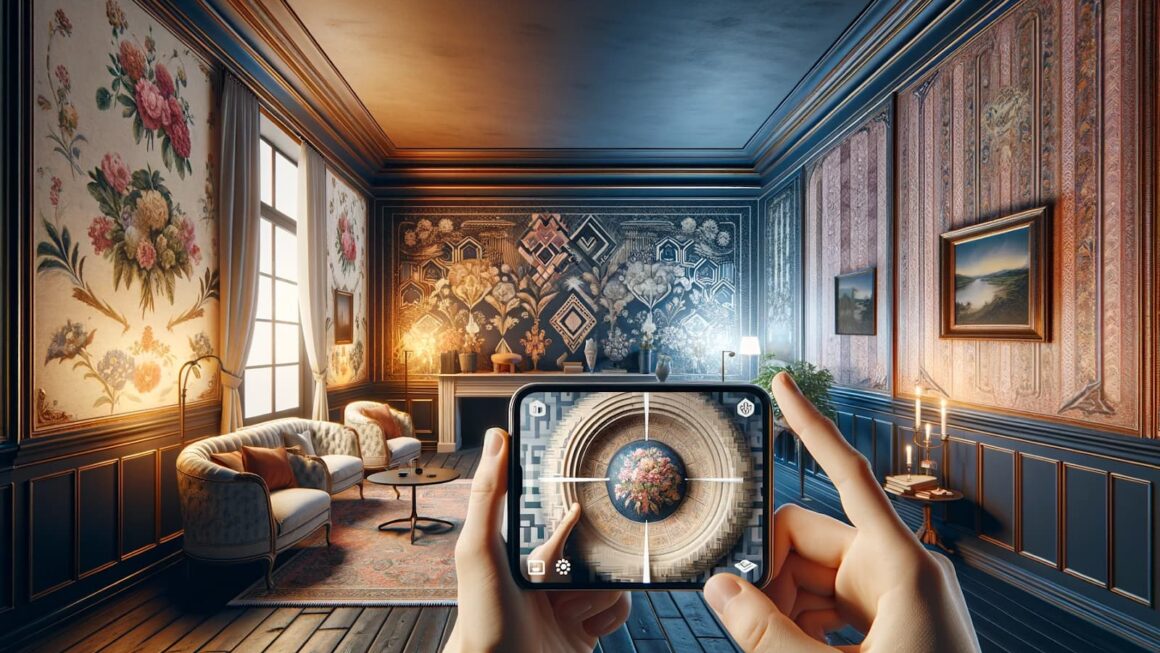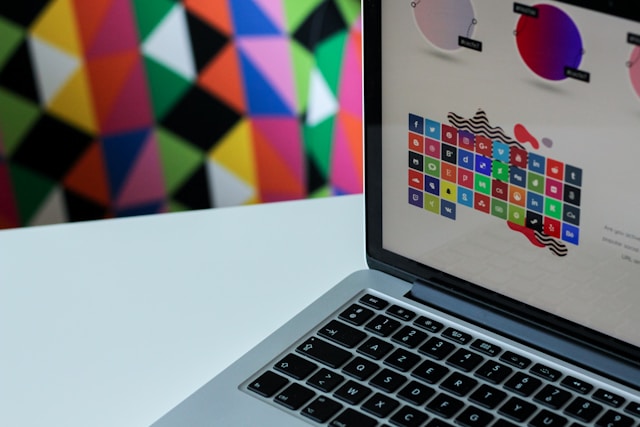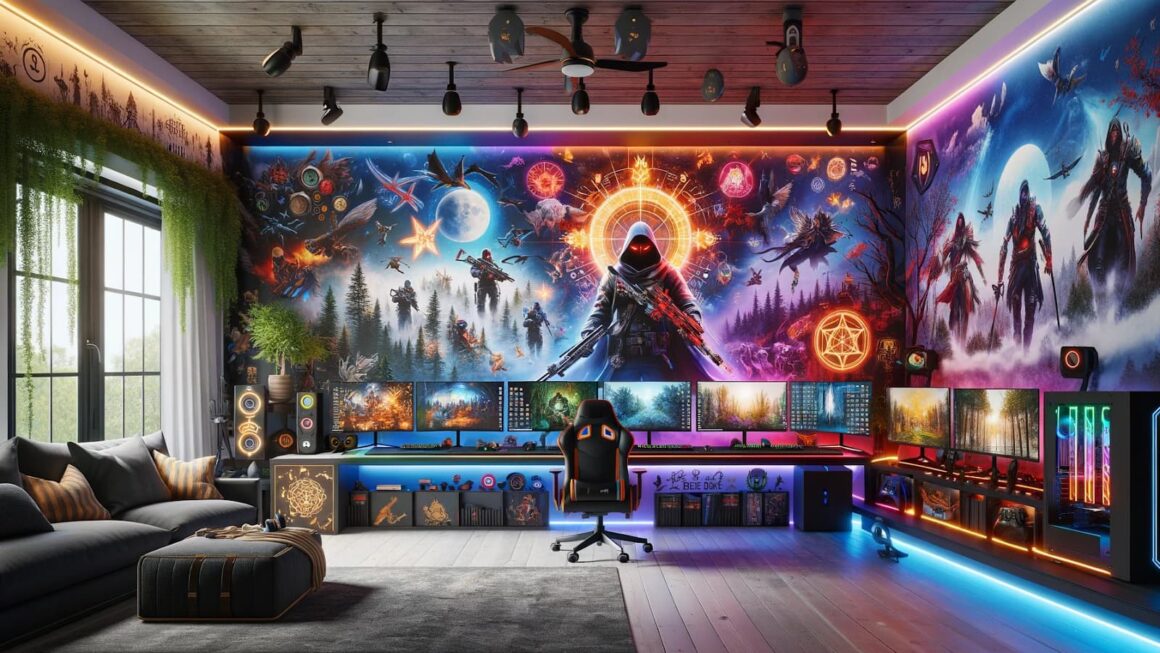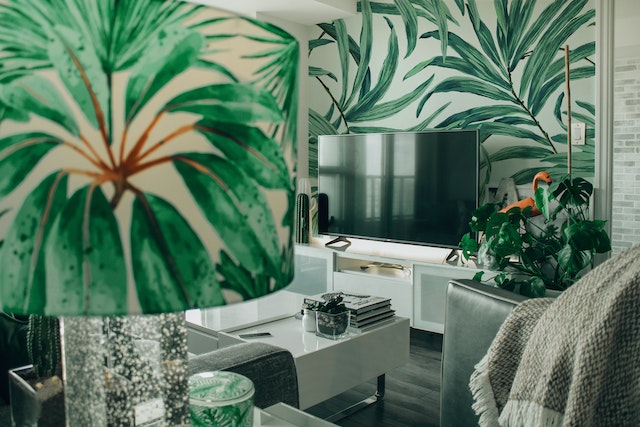The home décor industry is undergoing a major transformation due to the introduction of digital wallpaper display technology. The days of being unsure and creative while selecting wallpaper for your home are long gone. With the use of cutting-edge imaging software, virtual reality (VR), and augmented reality, homeowners can now see precisely how various wallpaper designs would look in their homes before choosing to buy (AR). This essay examines the development, use, and prospects of wallpaper visualisation in interior design.
The Evolution of Wallpaper and Digital Technology
The history of wallpapers dates back to the era when the walls of the wealthy were decorated with hand-painted frescoes, providing a fascinating voyage through art, style, and technology. Wallpaper was once a mark of affluence, but as printing technology advanced, it became a common home item and was available to a wider range of people. Every historical era had an impact on wallpaper design; from the ornate florals of the Victorian era to the striking geometric patterns of the Art Deco movement, fashions changed with time. These modifications mirrored not only the changing preferences for interior design but also the developments in printing methods that allowed for the creation of such a wide range of looks.
The world of wallpaper design and choosing changed dramatically as we entered the digital age. A wider variety of designs, including complex patterns and customised motifs that were previously difficult or expensive to make, were made possible by the advent of digital printing. The adoption of digital technologies that allow homeowners to see how various wallpapers would look in their living spaces is one of this era’s inventive leaps. With the help of this technology, which combines elements of augmented reality and sophisticated imaging, choosing wallpaper has moved from being based solely on conjecture and fantasy to a more precise and tangible experience that lets people customise and preview the aesthetics of their homes with never-before-seen accuracy and creativity.
How Virtual Wallpaper Visualization Works
The process of selecting wallpaper for our houses is about to change dramatically thanks to virtual wallpaper visualisation, which combines the best aspects of virtual and augmented reality. This is how it operates:
- With augmented reality (AR) apps, users may utilise their smartphone cameras to project virtual wallpapers onto their real walls. This technique offers a useful sneak peek at the finished product by giving a realistic representation of how the selected wallpaper will appear in the specified location.
- VR stands for virtual reality. Using a more immersive method, VR builds 3D environments that allow users to virtually enter rooms with various wallpaper patterns. Better decision-making and visualisation are facilitated by this experience, which gives users the impression that they are in a room with real wallpaper.
- Wallpaper Visualisation Software: A range of programmes and applications have been created to support these technologies. These products are made to be widely available and easy to use, so they may meet the demands of a variety of homeowners. They use sophisticated algorithms to examine important factors such as lighting and room size, making sure that the virtual wallpapers are presented in a realistic and precise way. This degree of visualisation accuracy facilitates decision-making regarding wallpaper designs and successfully closes the gap between virtual and real-world wallpaper.
A Step-by-Step Guide to Visualizing Wallpapers in Your Home
- Setting Up Your Area
Getting your environment ready for visualisation is the first step. This entails shooting crisp, well-lit pictures of the space and, if necessary, inputting precise measurements of the space into the visualisation tool.
- Selecting and Using Digital Wallpapers
After that, users can peruse the app’s vast collection of wallpaper designs. After choosing a design, the app instantly provides a preview by superimposing it over a live view or a picture of the room.
- Playing Around with Different Designs
The ability to experiment is one of these technologies’ major features. Without having to commit financially or physically, homeowners may experiment with various wallpaper options, compare various designs, and even adjust patterns and colours to suit their tastes.
The Benefits of Previewing Wallpapers Virtually
Virtually previewing wallpapers has numerous important advantages that improve interior design:
- Cost-Effectiveness and Convenience: The time and money typically required to select a wallpaper are significantly reduced by virtual previews. With no need for physical samples and less opportunity for ill-advised decisions, these sneak peeks enable more bold and confident design decisions without the usual expense or commitment.
- Improved Decision-Making: Because virtual previews are realistic, homeowners may make more educated choices. People have little trouble seeing how various wallpaper patterns will go with the current flooring, furniture, and general decor of the house. Because homeowners can experiment and preview possible outcomes in real-time, they can ensure that the final pick completely corresponds with their vision and the current features of their space, leading to more harmonic and integrated interior designs.
Overcoming Challenges: Ensuring Accuracy and Realism
By resolving present issues and projecting future developments, it will be possible to overcome the difficulties in guaranteeing accuracy and realism in virtual wallpaper visualisation:
- Present Drawbacks: These tools currently have trouble correctly representing textures and finishes, which can be important for the wallpaper’s final appearance. Furthermore, the way wallpapers appear in the virtual world might be affected by variables like different lighting and screen resolutions, which could result in differences between the digital preview and the actual image.
- Future Developments: The fields of augmented reality (AR) and virtual reality (VR) are rapidly advancing, which should improve the precision and realism of these visualisations. It is probable that these tools will have more sophisticated features in the future, like enhanced lighting effects and texture simulation. By bringing the virtual previews closer to the actual world, these enhancements hope to provide users a more accurate and realistic idea of how wallpaper will seem in a particular area.
Conclusion: The Future of Wallpaper Selection Is Here
An important advancement is the incorporation of digital visualisation tools into interior design. It gives homeowners the confidence to try out daring new ideas, make big design decisions, and realise their dream look. We may anticipate even more creative solutions in the field of home décor as technology develops further, improving the process’ use, enjoyment, and accessibility for anyone.



